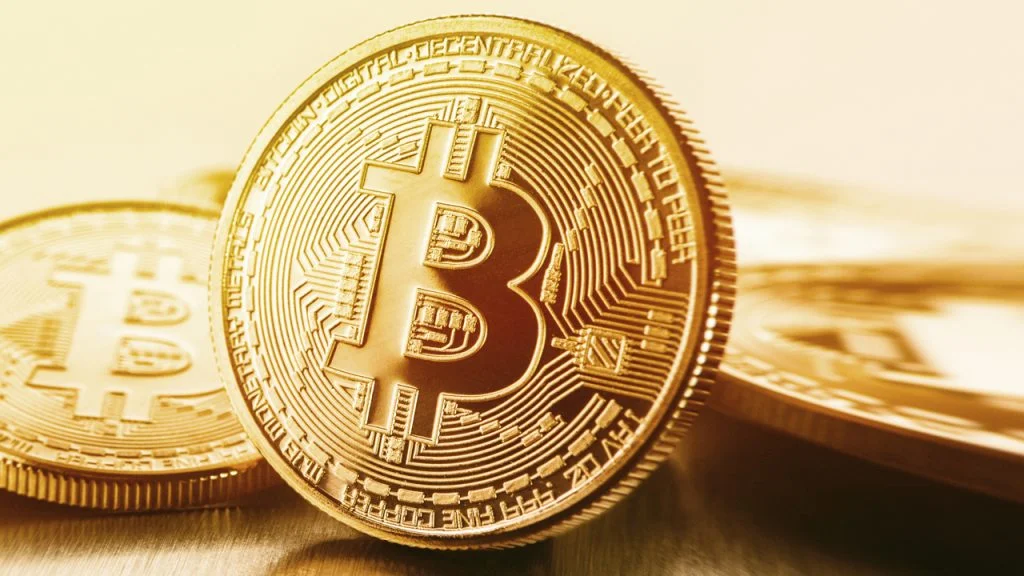The data reveals that the recent price decline in Bitcoin for pro traders is heavily accumulating while institutional buyers are dealing with altcoins.

In the past 16 days or, essentially, since April 17, a record-high $5 billion contract liquidation has been struggled to maintain the $55,000 support standard. The rejection of the $64,900 all-time high had a devastating effect on the retail trade sentiment, as measured by a large decrease in the everlasting future financing cost.
But, despite the recent Bitcoin failure and the 6.5% fall, for the last 24 hours pro traders have purchased the drop. The OKEx future long-to-short ratio and Bitfinex’s marginal lending market reflects these movements in the whales and the arbitral desk. As such purchases take place, retailers are mostly quiet and reflect the neutral perpetual rate of financial support.

As above, the 8-hour funding cost for the last couple of weeks in the perpetual (inverse swaps) has been lower than 0.05%. Prices vary greatly from standard spot exchanges for end-of-month contracts, reflecting the imbalance between leverage for short and long.
This difference means that retailers appear to favor continuing futures, although the cost of transport is different due to changing financing rates.
The new 8-hour charge is 1 percent a week which shows a minor imbalance over a long period of time. However, it is far below 0.10%, and the average at the beginning of April is higher. These results demonstrate clearly that institutional traders are not happy to add long Bitcoin positions after the 9% correction in two days.
In 30 days, on the other hand, the long to short measure for the top traders hit their maximum level, indicating purchasing activities at whales and arbitration desks. This metric is determined by evaluating the location, permanence and potential contracts of the merged customer on the spot. It therefore provides a better insight on the leaning or bearish of experienced traders.

The current long to short OKEx ratio now benefits by 94 percent as demonstrated above. This shopping activity began in the early morning of May 4, when Bitcoin fell below $55,000. It is even more important than 14 April when BTC rose to its all-time high of 64,900 dollars.
But if this movement is to be confirmed, marginal markets should also be assessed. The leading exchange (Bitfinex), for example, has leveraged Bitcoin positions for a total of over $1.8 billion.

With more than 50 times the amount lent by shorts, Bitfinex reveals spectacular development in the BTC margin markets. These standards are unprecedented in the history of the exchange and validate the evidence from the future markets of OKEx.
No wonder, amid Bitcoin dip nowadays, trade traders are ultra bullish. With regard to the retail trader’s lack of appetite, their attention seems to be on altcoins.
Currently in the last 30 days, 18 out of the top 50 altcoins have reached 45% or more.
The question is, will it continue to be the Altcoin event if in the next few weeks BTC does not produce a new all-time high?
